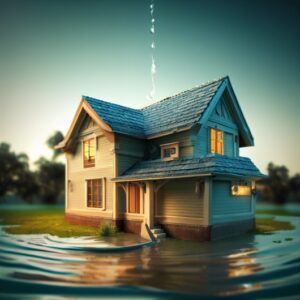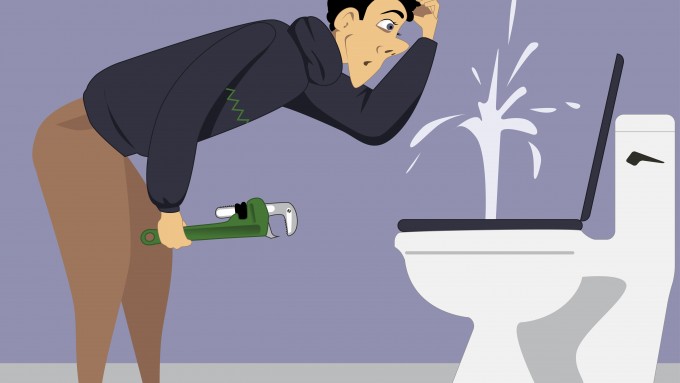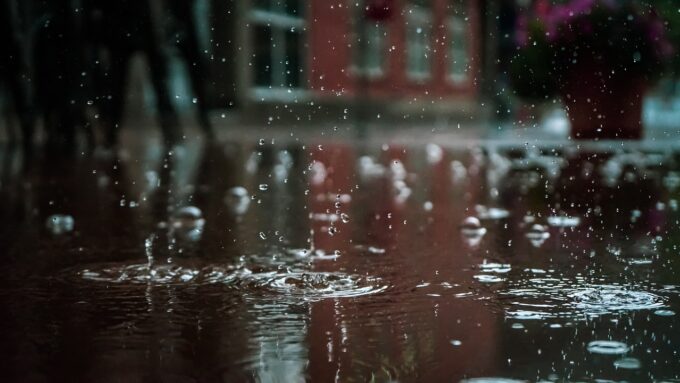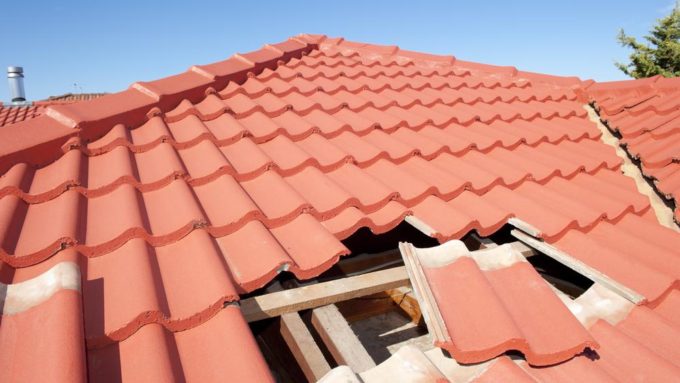Water damage in residential settings is a pervasive issue, often leading to costly repairs and significant distress for homeowners. This article delves into the common causes of such damage, its impacts, and measures for prevention and restoration.
| Topic | Key Points |
|---|---|
| Causes of Water Damage | Leaks, severe weather, appliance malfunctions, clogged drains |
| Impact and Statistics | Daily affects, insurance claims, health risks |
| Prevention and Restoration | Inspection tips, restoration techniques, professional services |
Understanding the various causes of water damage is crucial for effective management and prevention. In the next section, we will explore these causes in detail.
Common Causes of Residential Water Damage
 Water damage in homes can stem from a multitude of sources, ranging from natural disasters to everyday household issues.
Water damage in homes can stem from a multitude of sources, ranging from natural disasters to everyday household issues.
- Leaks: Household leaks are a primary cause, with statistics showing that leaks waste approximately one trillion gallons of water annually nationwide.
- Severe Weather: Incidents such as thunderstorms, hurricanes, and flash floods can cause extensive water damage, particularly to roofs and foundations.
- Appliance Malfunctions: Problems with household appliances like washing machines or water heaters can lead to significant water-related incidents.
- Clogged Drains: Blocked kitchen or bathroom drains can lead to overflows, causing substantial water damage inside properties.
In the following paragraphs, we’ll examine the extensive impacts of water damage on properties and homeowners.
The Impact of Water Damage
The repercussions of water damage are not limited to the immediate physical damage to the property.
- Daily Effects and Insurance Claims: Approximately 14,000 people in the U.S. experience water damage daily, making it a common cause of property damage claims.
- Health Risks: The presence of water can lead to mold and mildew, posing significant health risks. Additionally, water damage can bring toxic chemicals, especially in the event of natural disasters.
Understanding these impacts is key to recognizing the urgency of addressing water damage promptly. Next, we will explore prevention strategies and restoration methods.
Prevention and Restoration of Water Damage
Preventing water damage and restoring affected areas requires a proactive approach and, often, professional intervention.
- Regular Inspections: Regularly checking for leaks and potential sources of water intrusion can prevent significant damage.
- Professional Restoration Services: Companies like RCS offer comprehensive water extraction and mold removal services, essential in mitigating the effects of water damage.
In the next section, we conclude our discussion by summarizing key points and providing a call to action for those needing assistance with water damage issues.
Conclusion
Understanding the common causes and impacts of residential water damage is crucial for homeowners. By being vigilant and seeking professional help when necessary, it’s possible to mitigate the risks and effects of water-related disasters.
For those seeking more information or needing assistance, RCS has been serving Sonoma and Marin Counties since 1975 and is available 24/7 for consultations. With a range of services from grey water damage clean-up to black mold exposure information, RCS is your go-to resource for all water damage-related issues.






